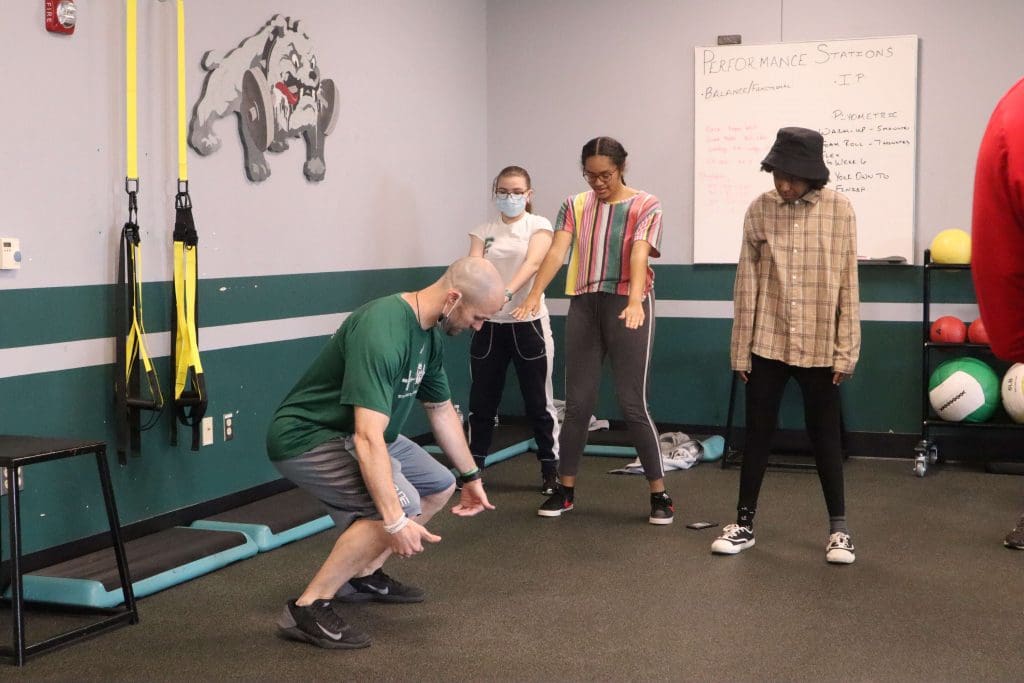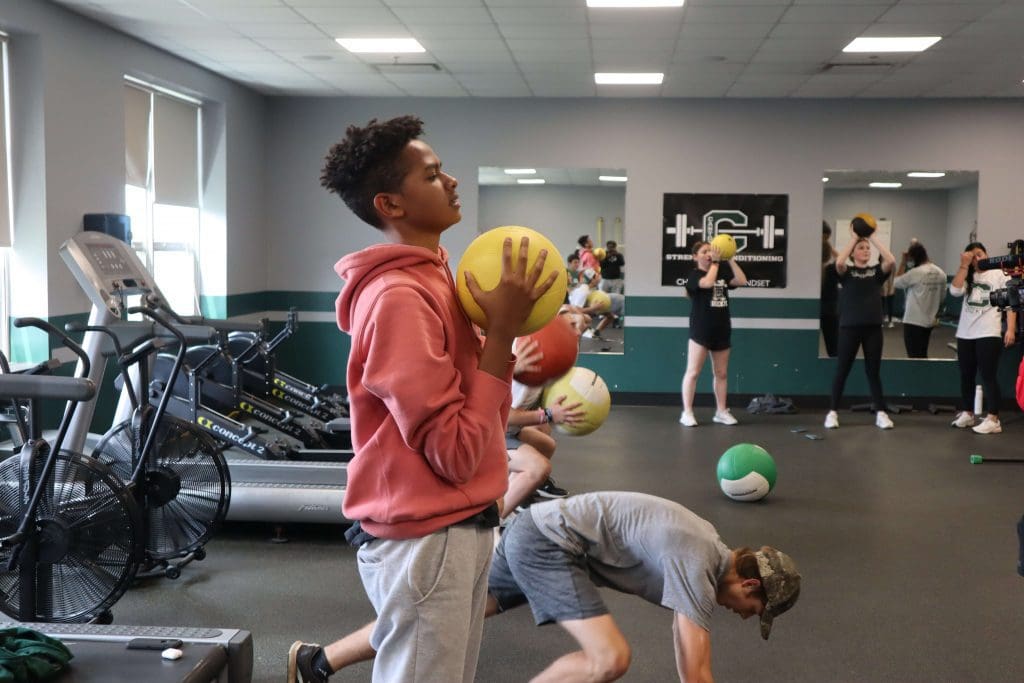Fitness education is an integral part of student development, providing them with the knowledge and skills to lead a healthy and active lifestyle. From physical education classes to extracurricular activities, there are various ways to incorporate fitness into a student’s daily routine. By teaching students the basics of exercise, nutrition, and healthy habits, they can develop the skills to make smart lifestyle choices that will benefit them for a lifetime. In this article, we’ll discuss the benefits of fitness education for students and how to implement it in the classroom.
What is Fitness Education?
Fitness education empowers students to explore physical activity and practical skills that support a healthy lifestyle. Through a comprehensive fitness curriculum, students can explore different types of physical activity and exercise programs that best support their interests and goals.
Fitness education can look and feel different based on students’ grades and experience levels. Physical education teachers must adapt and align curriculum to serve their student population’s needs best. There is no one-size-fits-all approach to teaching physical fitness.
And while there are many ways to approach fitness education, it is essential to understand what fitness education is not. Jordan Manley, Shape America Teacher of the Year, explains the common fault that many instructors make when adding fitness to their lesson plans,
“A lot of times, fitness gets added to PE lessons as a time filler. But that leads students to dislike fitness because there is no context as to the why, what, and how of what fitness education really is.”

Importance of Fitness Education For Students
Our country is at a health and wellness crossroads.
First, the effects of a sedentary lifestyle are impacting our young people and adults at a staggering rate. Obesity affects 20% of children and 42% of adults, putting them at risk of chronic diseases such as type 2 diabetes, heart disease, and some cancers. And nothing kills more Americans than heart disease and stroke. More than 877,500 Americans die of heart disease or stroke every year—that’s one-third of all deaths.
These staggering statistics also come at a time when a booming fitness industry is littered with misinformation. Social media fitness instructors and influencers are peddling misinformation and quick fixes. That isn’t to say everything online is wrong, but it can make finding reliable fitness information all the more challenging.
Both of these factors make fitness education vitally important. Equipping students with skills and knowledge through physical education and other opportunities makes them more likely to continue exercising beyond school. Better yet, students can find sustainable and fulfilling fitness opportunities.
As a result, students can begin navigating the fitness industry and find local gyms, health clubs, or workouts at home to support long-term health and wellness.

Keys To A Successful Fitness Education Program
Two key elements support a successful fitness education for students:
Building a strong foundation.
Introducing different options and opportunities.
At many middle and high schools across the country, physical education instructors start by building a strong foundation with an “Intro To Fitness” unit or course. During this time, students learn and develop the basics of working out, focusing on foundational human movements like squatting, lunging, hinges, pressing, and pulling.
PE teacher Ron Ford says that this foundation is the gateway for all future options in his fitness education curriculum at Cohasset High School,
“Because we start everyone on Intro To Fitness, they learn the basics that can be applied to all other programs. This supports students on a path to long-term success.”
In addition to a strong foundation in the basics of exercise science, physical education teachers also work to expose students to different options and opportunities in fitness. These include yoga, weightlifting, dance, pickleball, and more.
Allison Lima at Old Rochester High School, works hard to introduce students to different options and activities throughout a semester,
“With smaller units, students try different activities while building lifelong skills. If they like the activity in the unit, they can explore it further in 11th and 12th-grade electives. If they don’t love it (which they won’t always), students at least have the basic skills they can tap into down the road.”
Bonus Content: Check out how PLT4M instructor Sam Breslin breaks down the air squat. This video is from PLT4M’s Intro To Fitness program.
A Holistic Approach To Fitness, Health, and Wellness
While physical education programs can play a primary role in fitness education for students, stakeholders should create a holistic approach throughout the school and community. Other key steps to promote a comprehensive fitness education for students include:
Create movement opportunities throughout the school day. For example, encourage movement breaks or brain breaks during other class times that get students moving and active.
Promote extracurricular activities and clubs before and after school. While sports are an obvious component, schools should also consider the power of a walking club, biking group, or other places where students can explore fitness.
Make it a school-wide initiative. For example, creating a staff wellness program will demonstrate the importance of fitness and health for everyone. Students look to adults as examples and role models, including how they care for themselves in the world of health and wellness.
Incorporate nutrition education as part of the school curriculum. Fitness can and should be an all-encompassing term. A key fitness component is fueling our bodies and understanding healthy eating habits. Teaching nutrition concepts can be done formally as part of the curriculum and informally during school breakfast and lunchtime with posters and signs.
Bonus Content: Sample movement break activity from PLT4M. This is a great addition to any class (not just physical education)!
Curriculum, Technology, and Professional Development
Are you looking to transition to a fitness curriculum or want to enhance what you already offer? PLT4M is a trusted fitness education program that partners with over 1,200 schools nationwide. With PLT4M, schools have access to:
Curriculum – Hundreds of PE lesson plans and workouts made by qualified instructors, fitness professionals, and physical education teachers.
Technology – Tap into an online training platform that allows you to personalize the fitness education experience for your students. Track and monitor progress and provide students with real-time feedback.
Professional Development – PLT4M is a fitness education community. Unlock countless hours of professional development that can go towards your teacher certification hours.
Key Takeaways on Fitness Education For Students
A fitness-focused physical education and school initiative can:
Altogether, fitness education can promote lifelong fitness, health, and wellness skills our students need to live successful lives!










